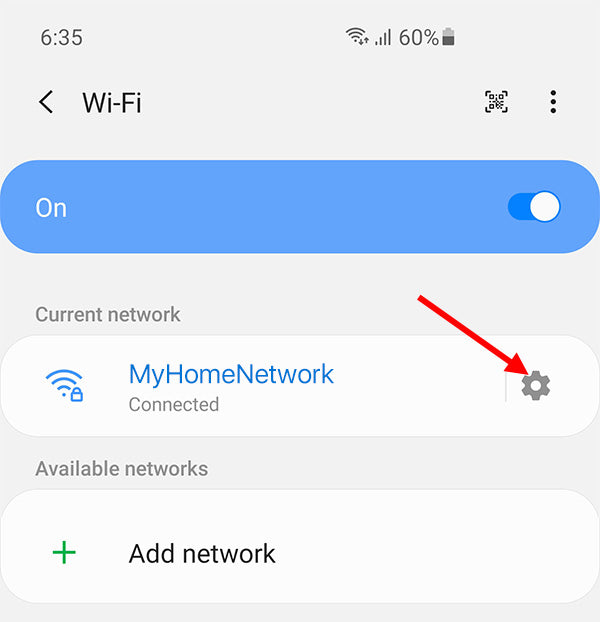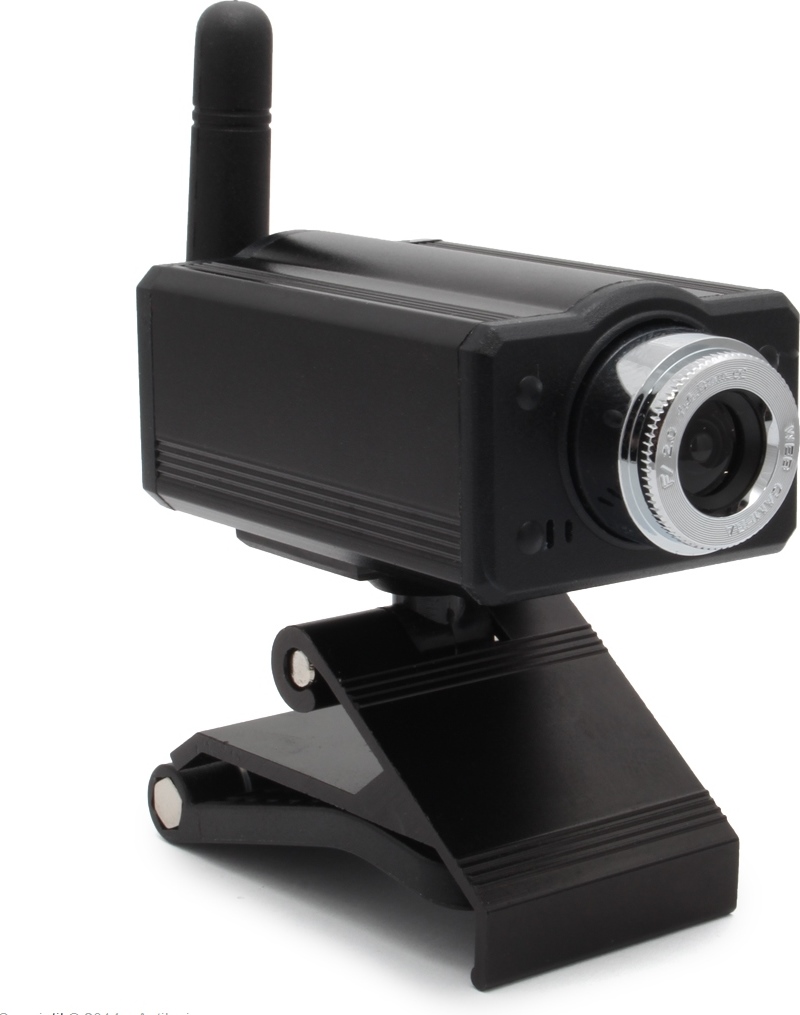
Since 2.4 GHz uses longer wavelengths, they can easily penetrate walls and other objects on the way but 5 GHz can’t penetrate walls so well because of shorter wavelengths used at high frequencies. 5 GHz can cover around 50 feet up to 200 feet area. On the other hand, 5 GHz uses shorter radio waves that can travel to shorter distances so not suitable for large homes. 2.4 GHz can reach up to 200 feet in close proximity and up to 400 feet in open areas.

Range and PenetrationĢ.4 GHz has longer radio waves that travel longer distances and provide you better coverage. 802.11ac is the fastest internet standard for data transmission. On the other hand, 5 GHz runs on 802.11a, 802.11ac and 802.11n to transfer data. That means 2.4 GHz is compatible with almost every device running on the planet. These trio are old technologies that are most widely used in all over the world. Mainly, 2.4 GHz uses 802.11b, 802.11g and 802.11n standards for data transmission. Low coverage – As it can’t penetrate objects and walls well, it is not suitable to cover larger areasĭifference Between 2.4 GHz and 5 GHz WiFiīoth networks use different network standards to transmit data except 802.11n which is used by both 2.4 GHz as well as 5 GHz.Lesser penetration – Because of shorter waves, it can’t penetrate walls and other objects well.Lesser congestion – Since 5GHz is not used by many devices, it results in almost no signal interference and connection loss.High speed – you get a high speed WiFi network for performance oriented stuff like online gaming and Ultra HD video streaming.

You can enjoy 5 GHz’s fast performance at smaller spaces.ĥ GHz has 25 non-overlapping channels to use high speed data transmission without any interruption. Since 5GHz is a new frequency, you won’t get many devices that use it, that means your network has more stability in wireless connections because of less interference and congestion from different devices.ĥ GHz uses shorter radio waves that makes it difficult to transmit through walls and longer ranges. 5GHz uses higher frequencies but shorter waves that result in faster transmission but shorten the distance covered around 200 feet. 5 GHz WiFi is a rather new and high performance network band that works on 5 GHz radio waves.


 0 kommentar(er)
0 kommentar(er)
